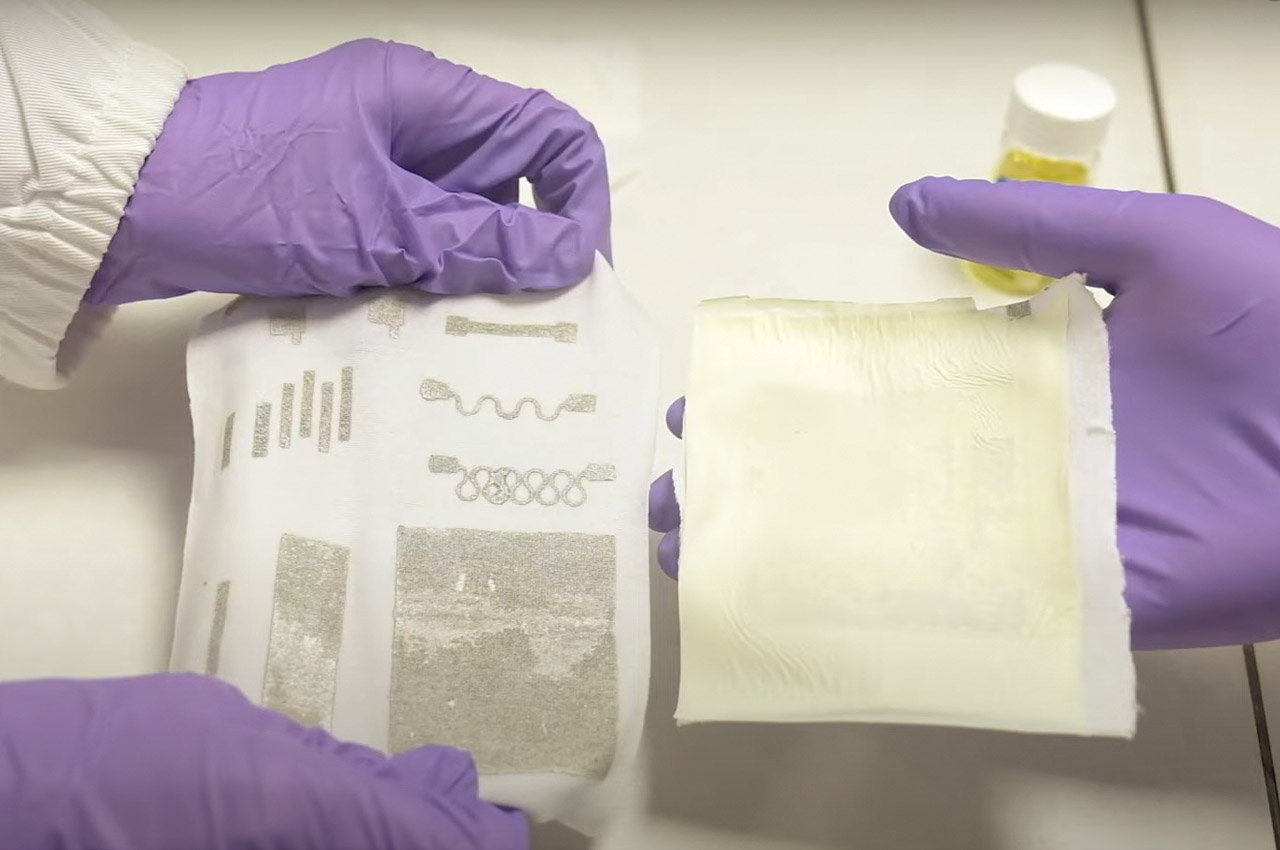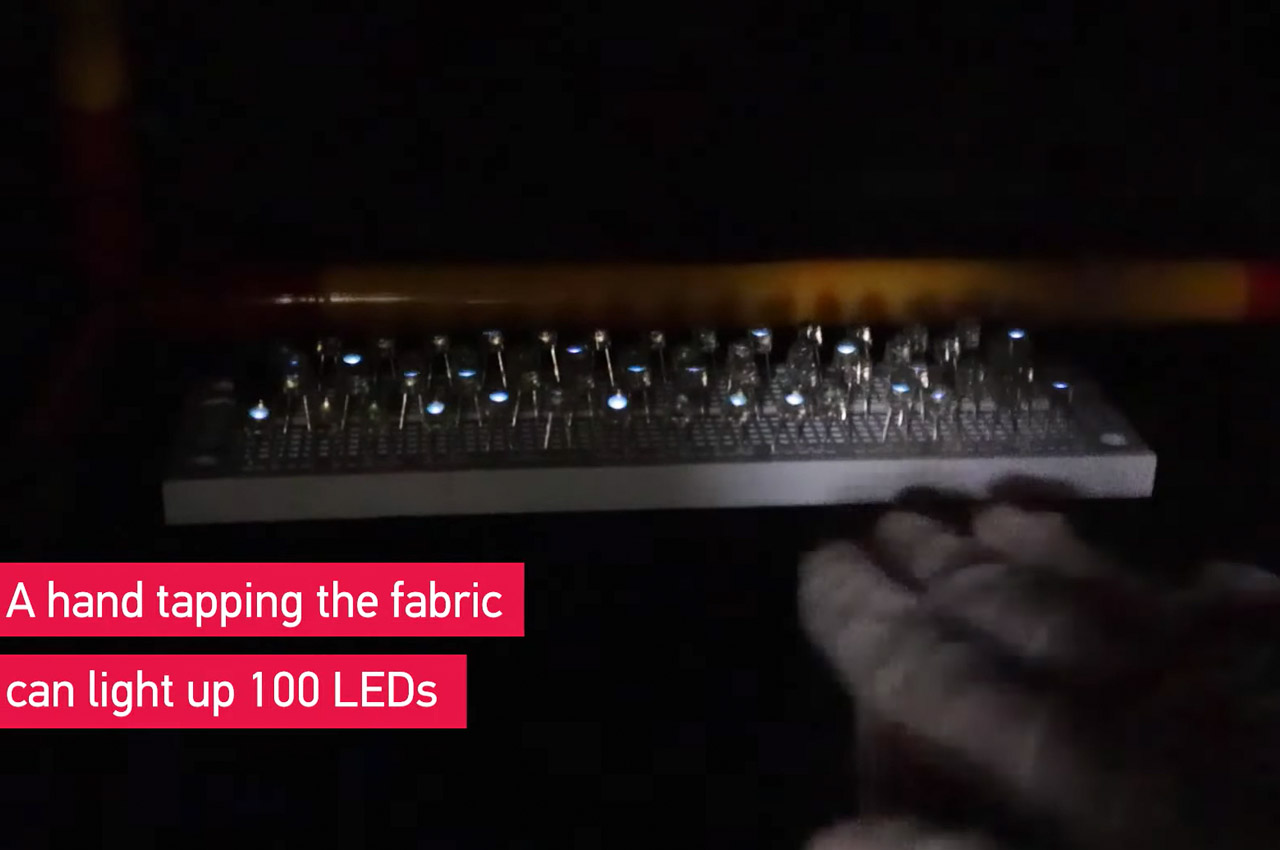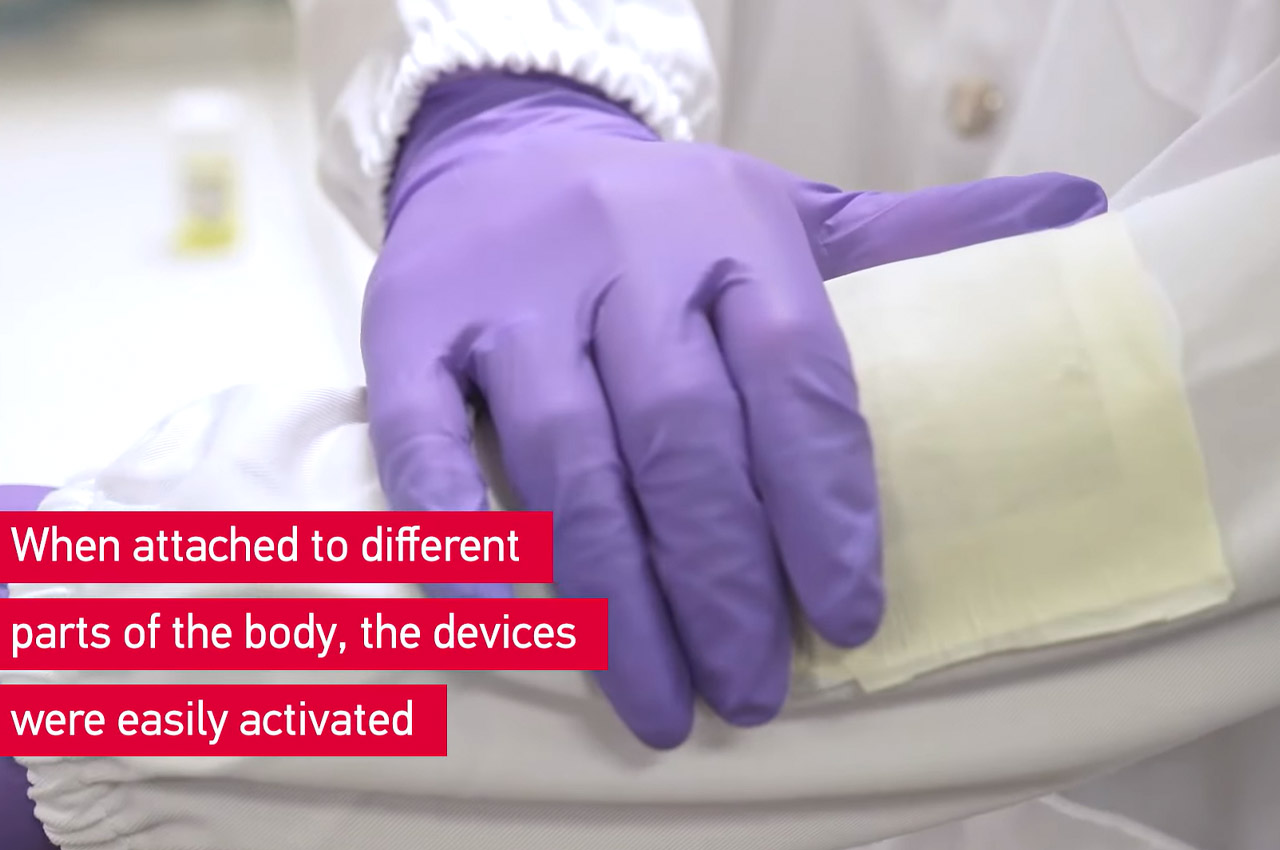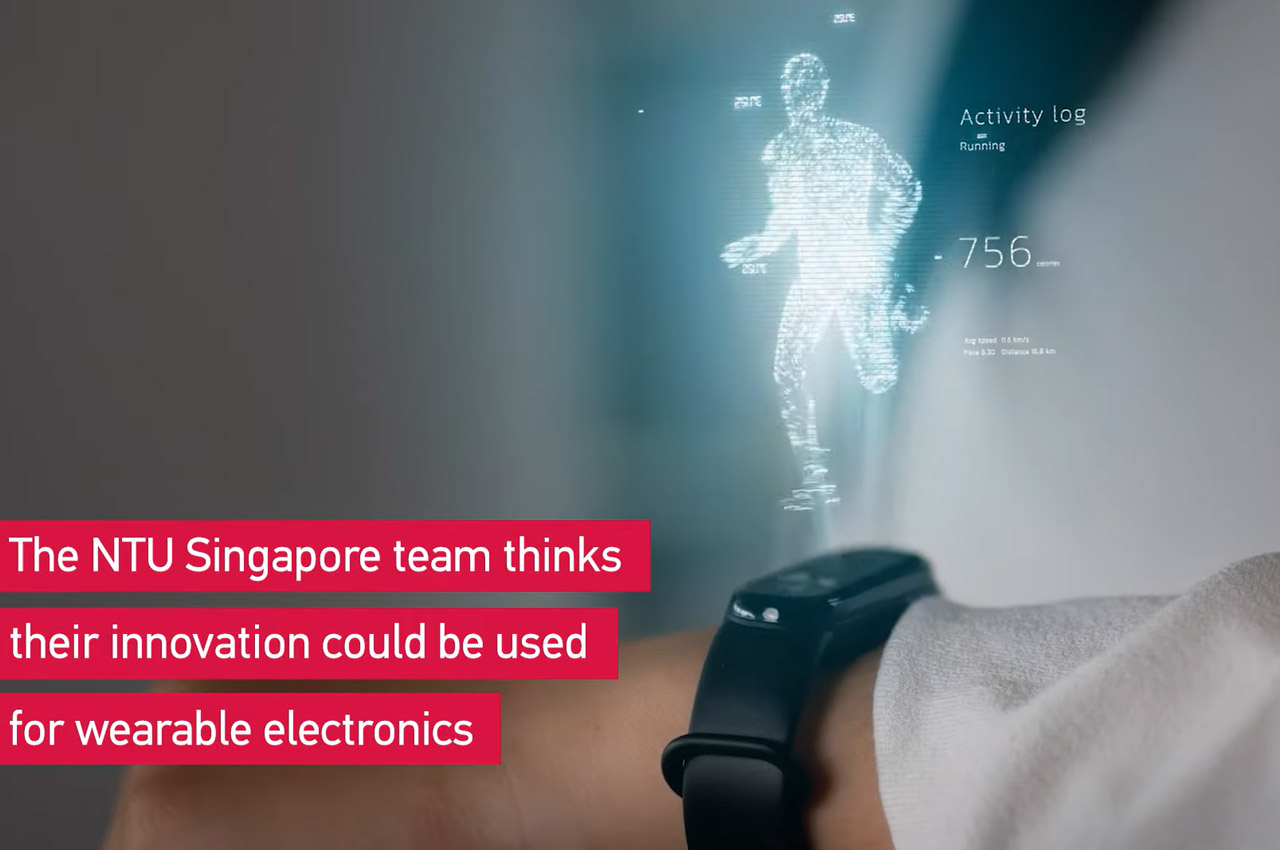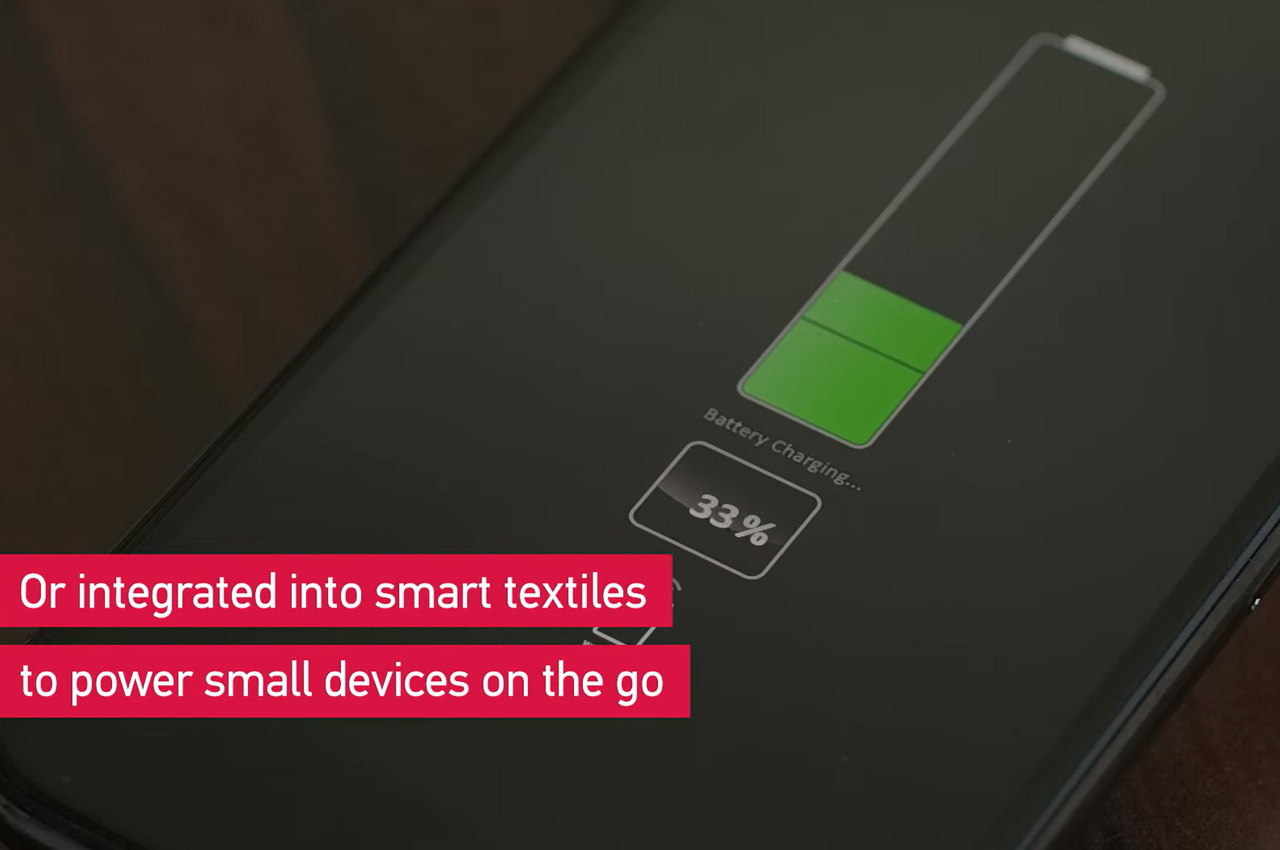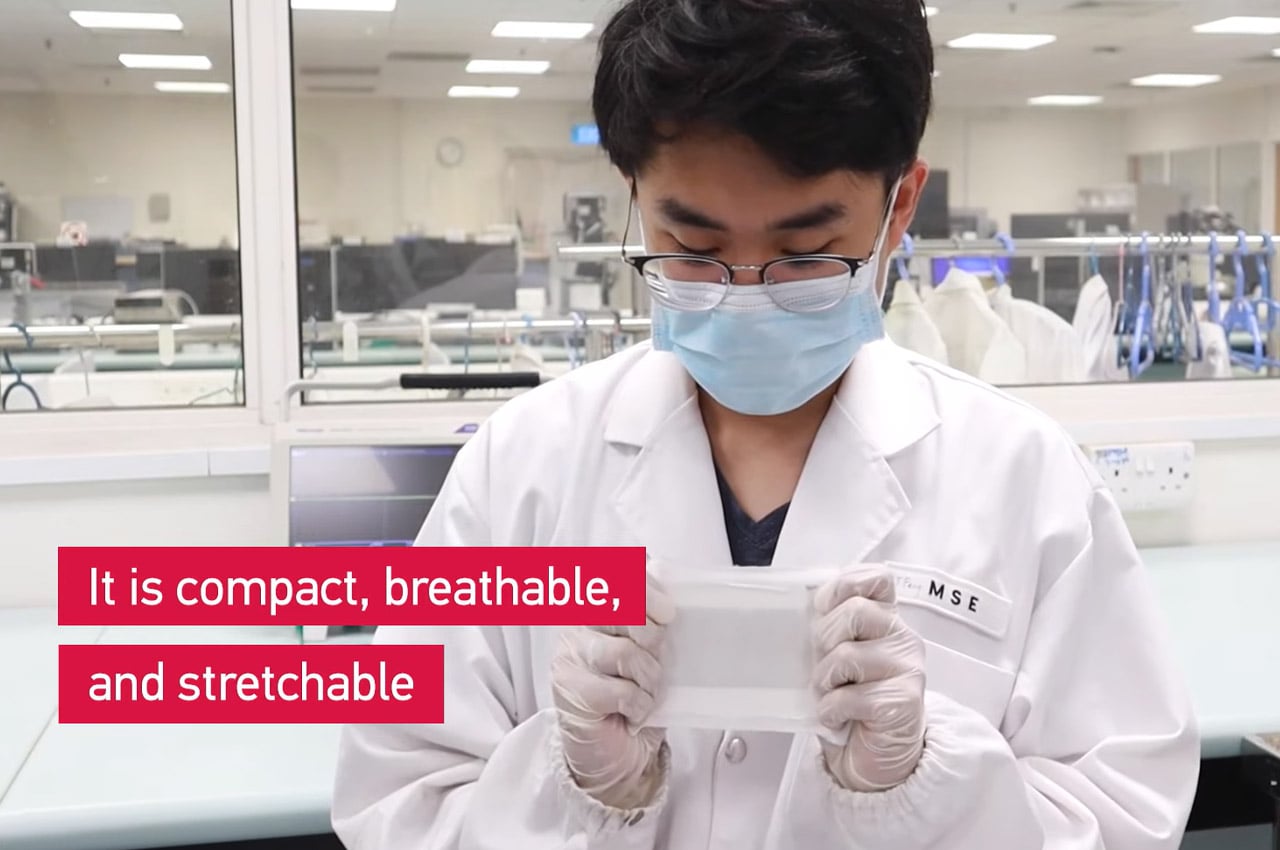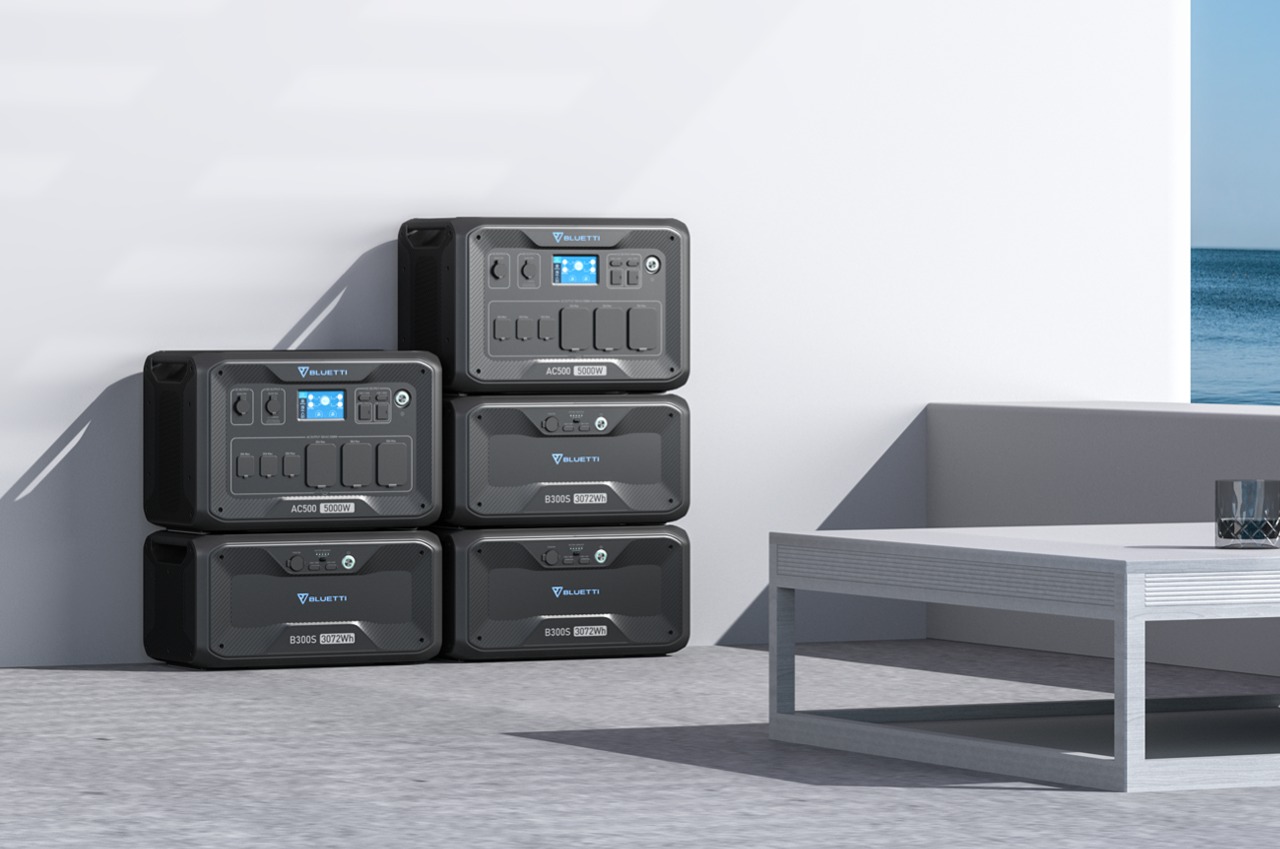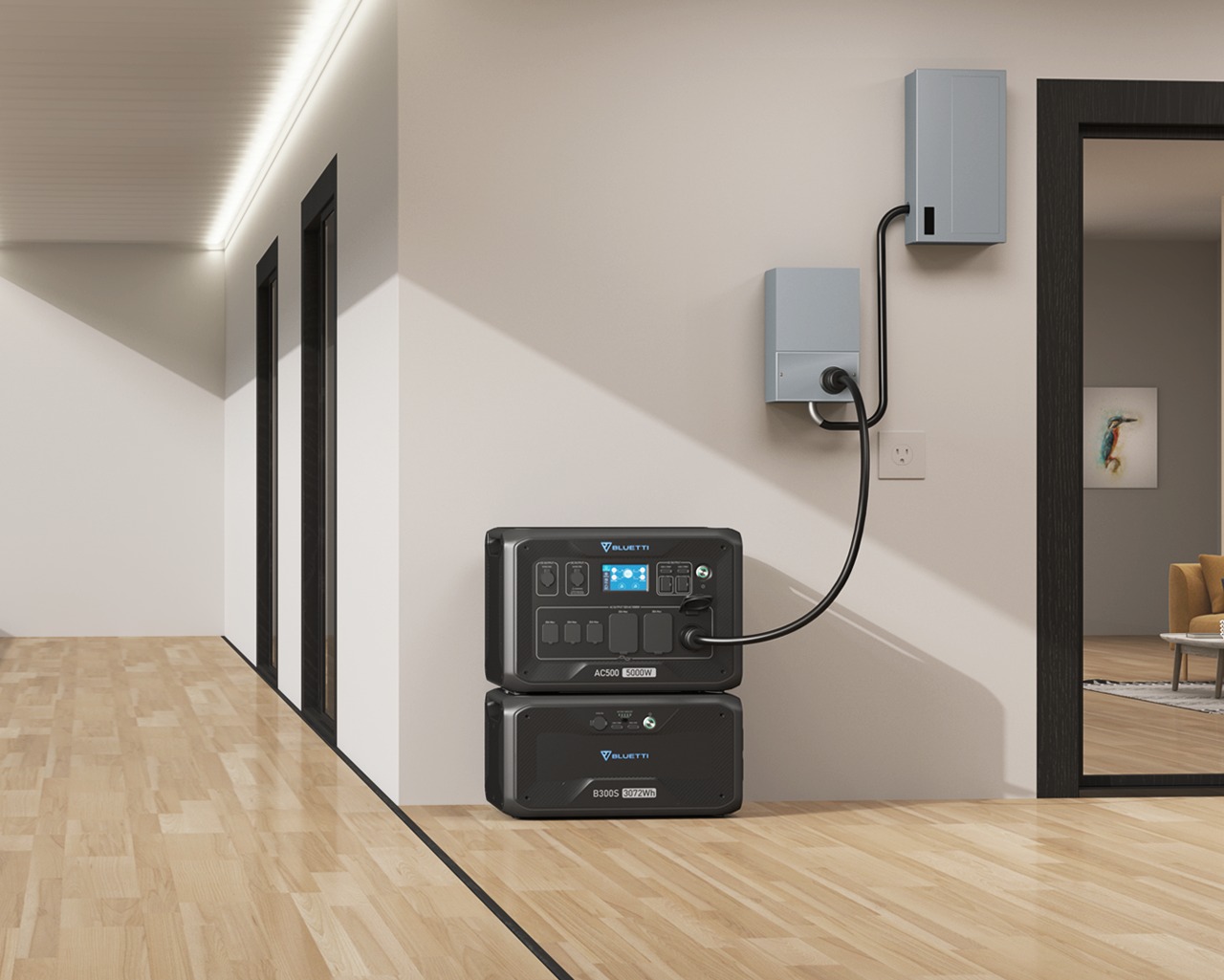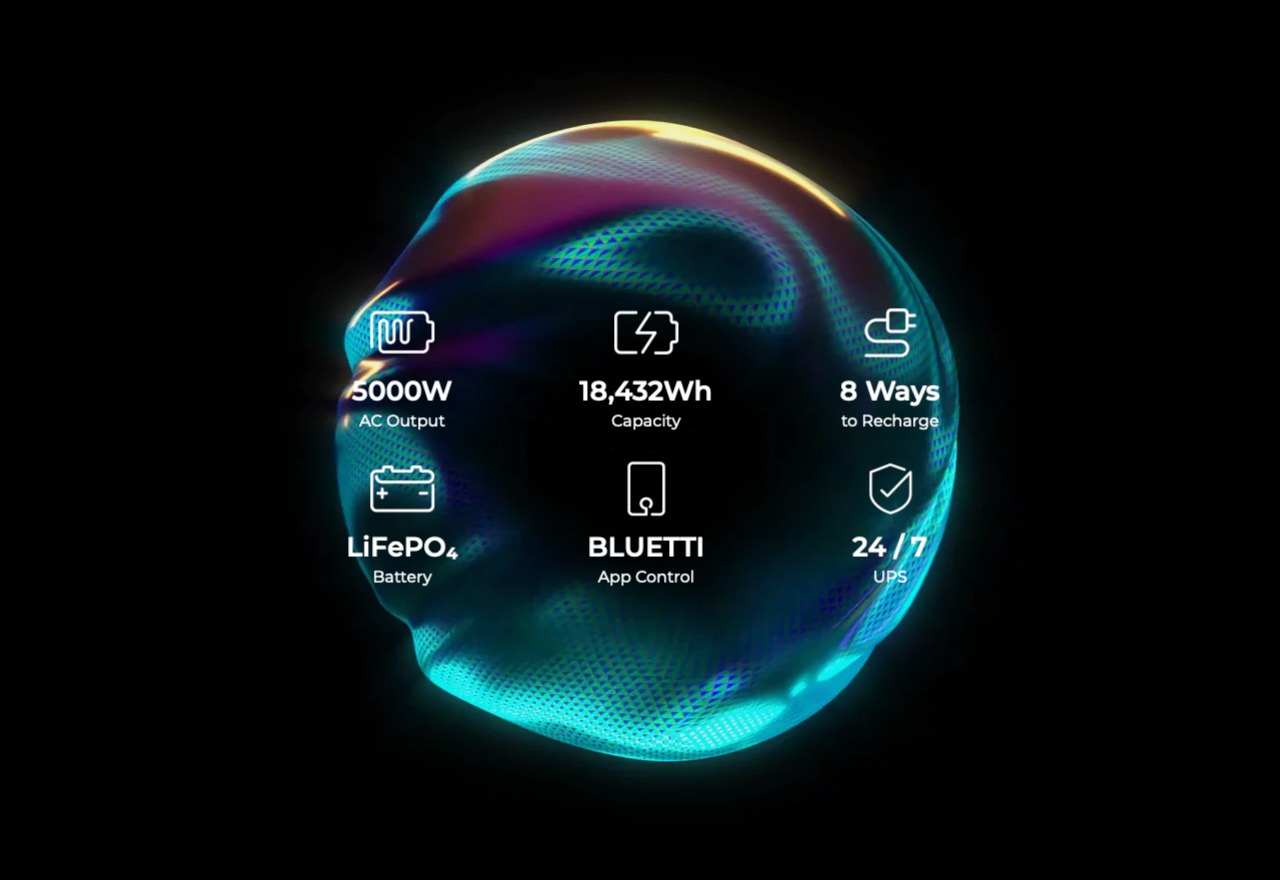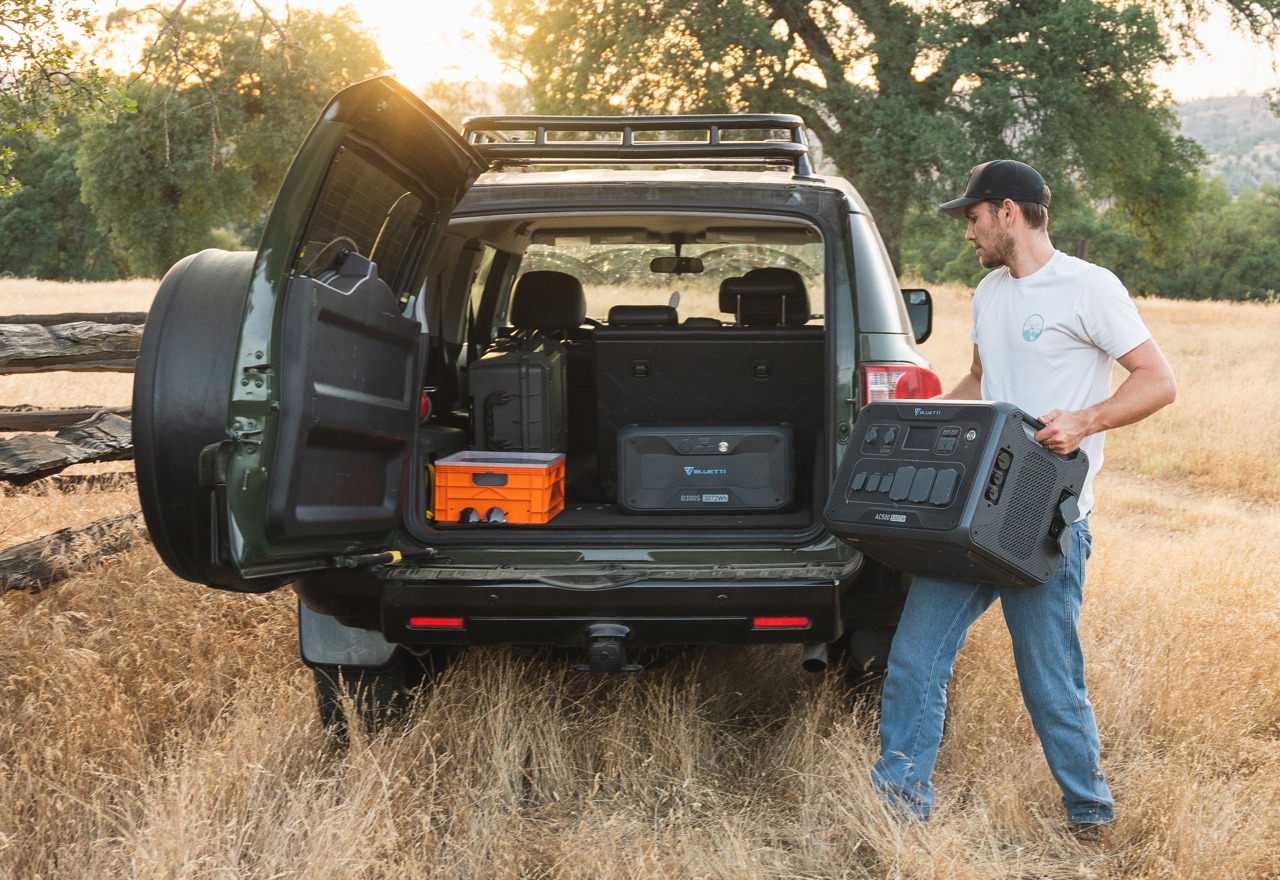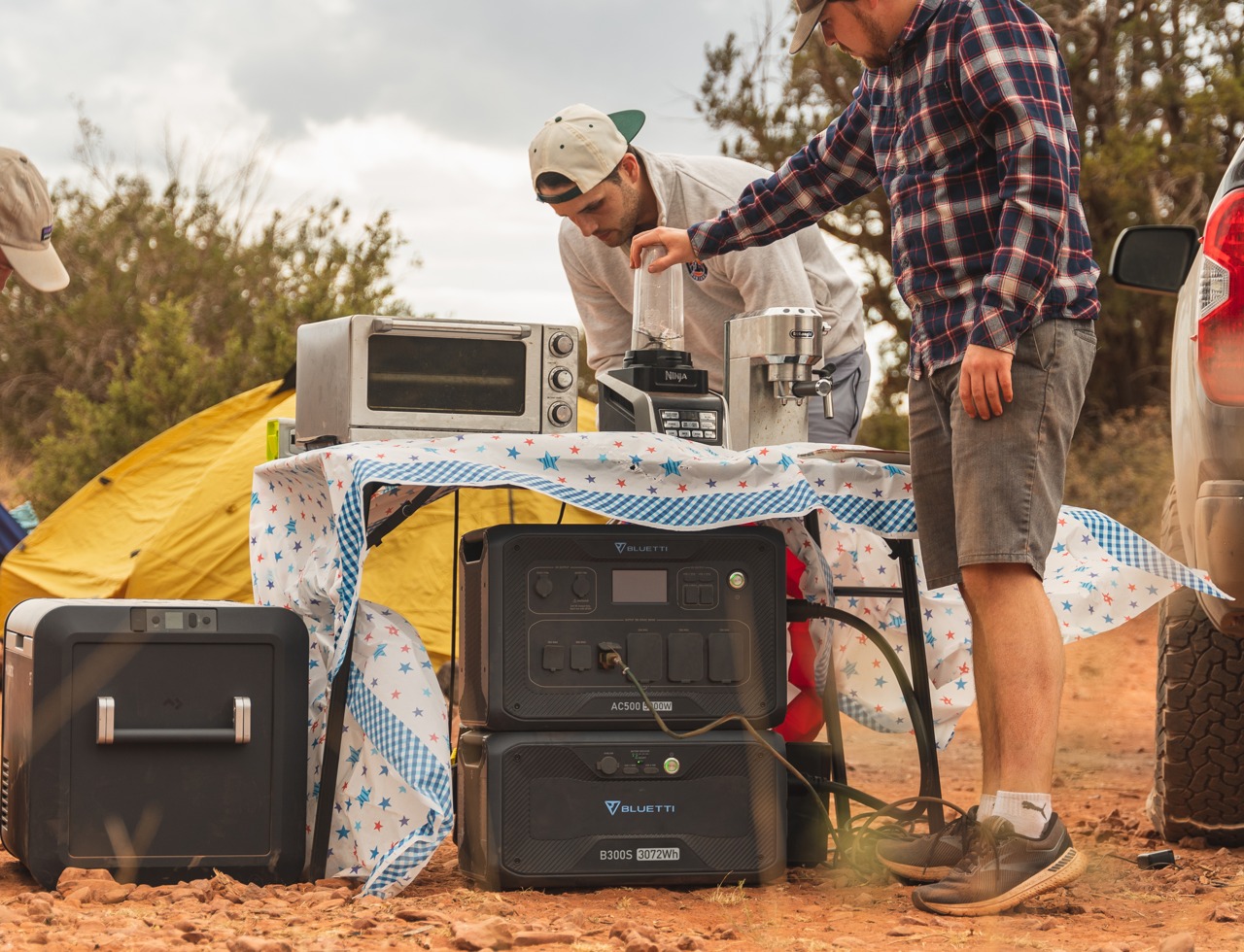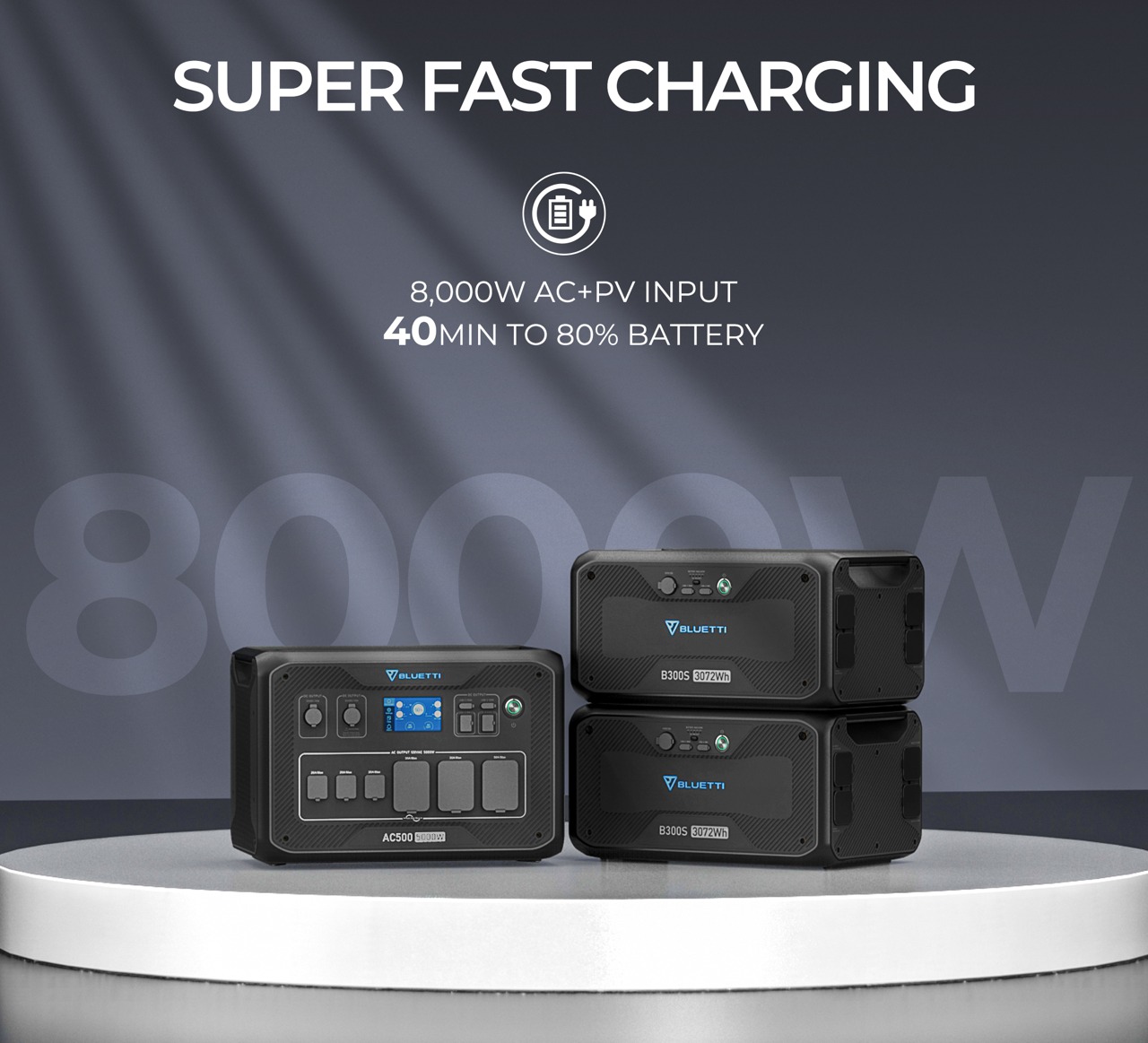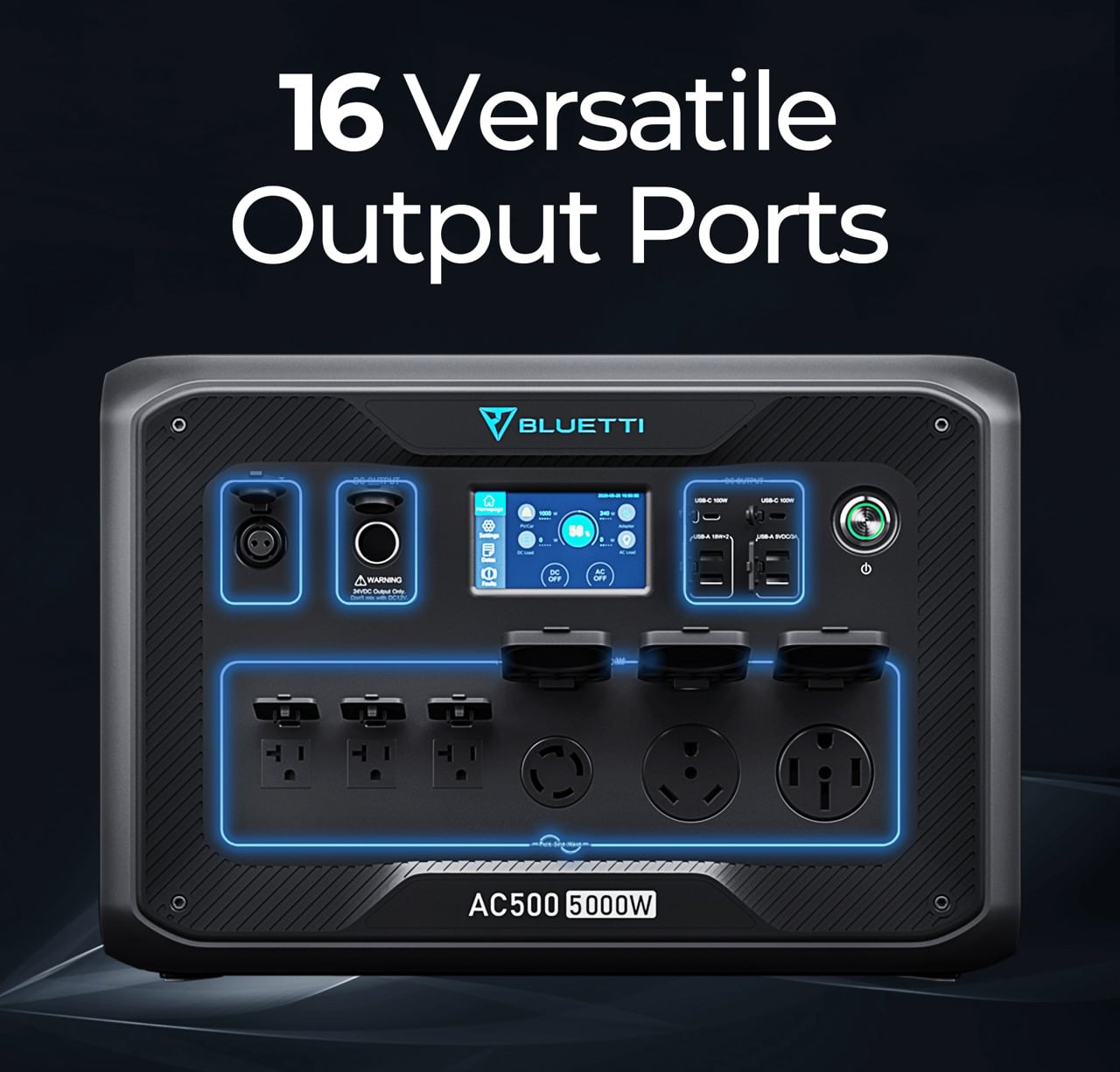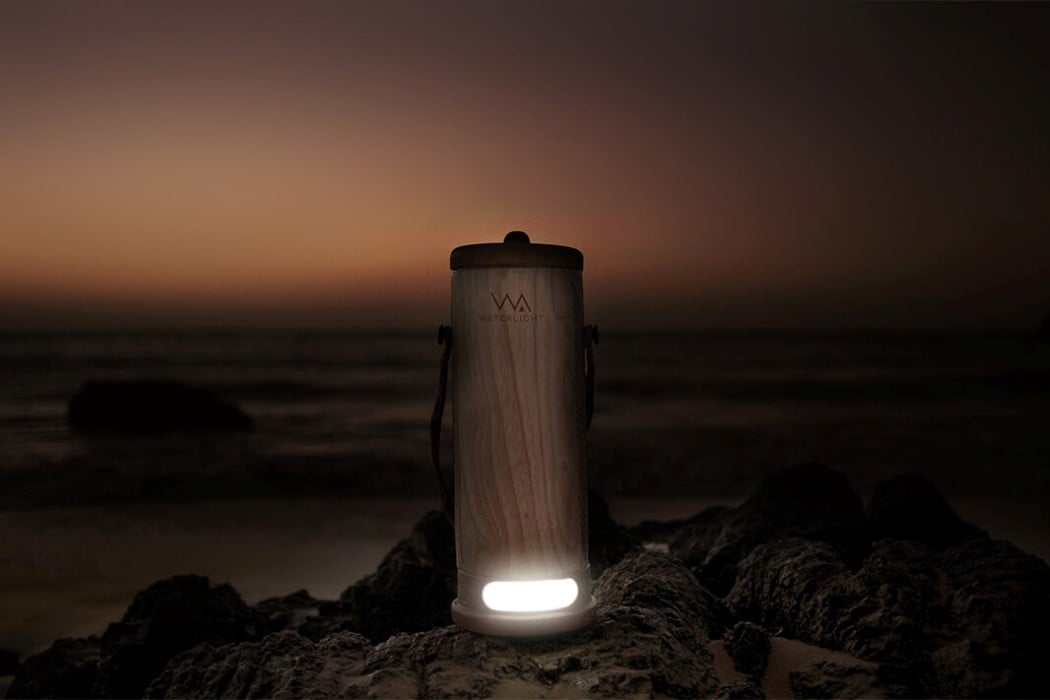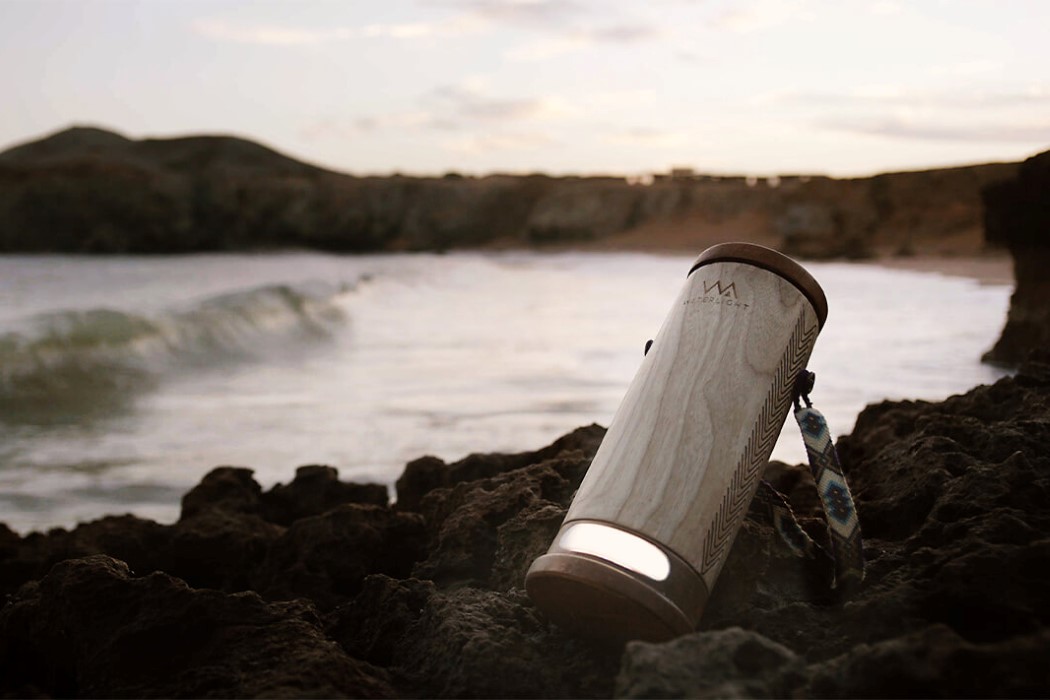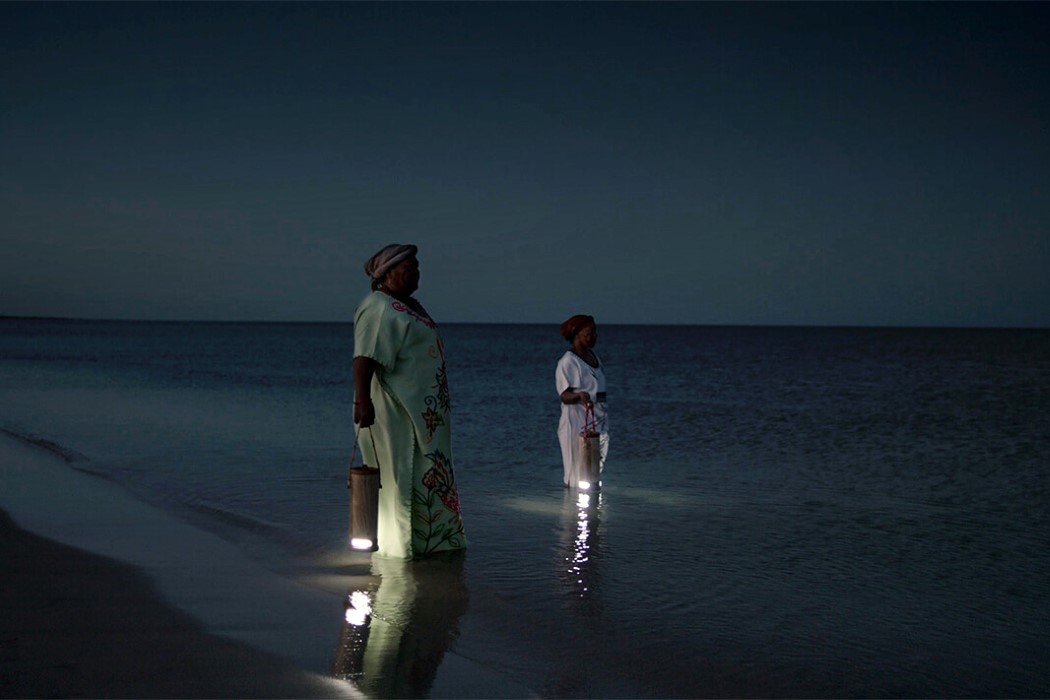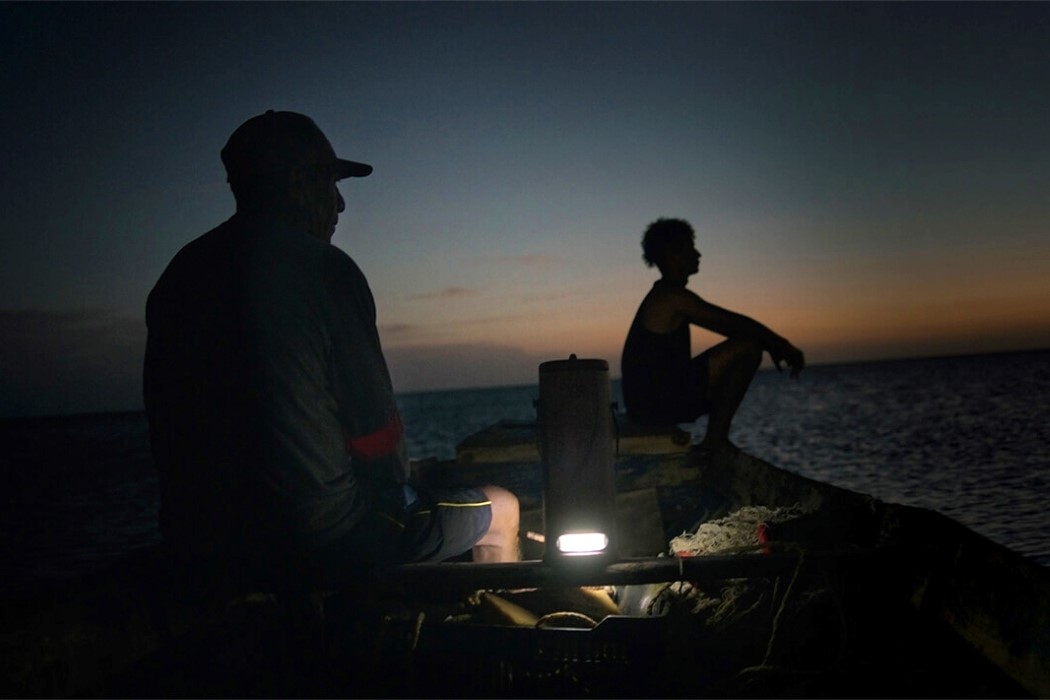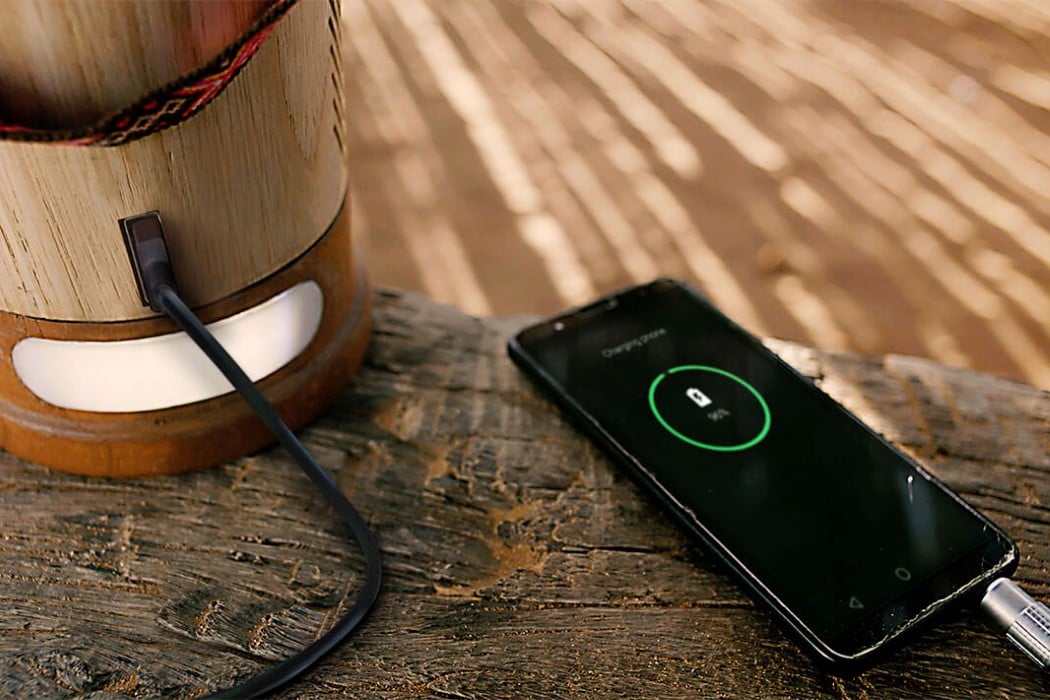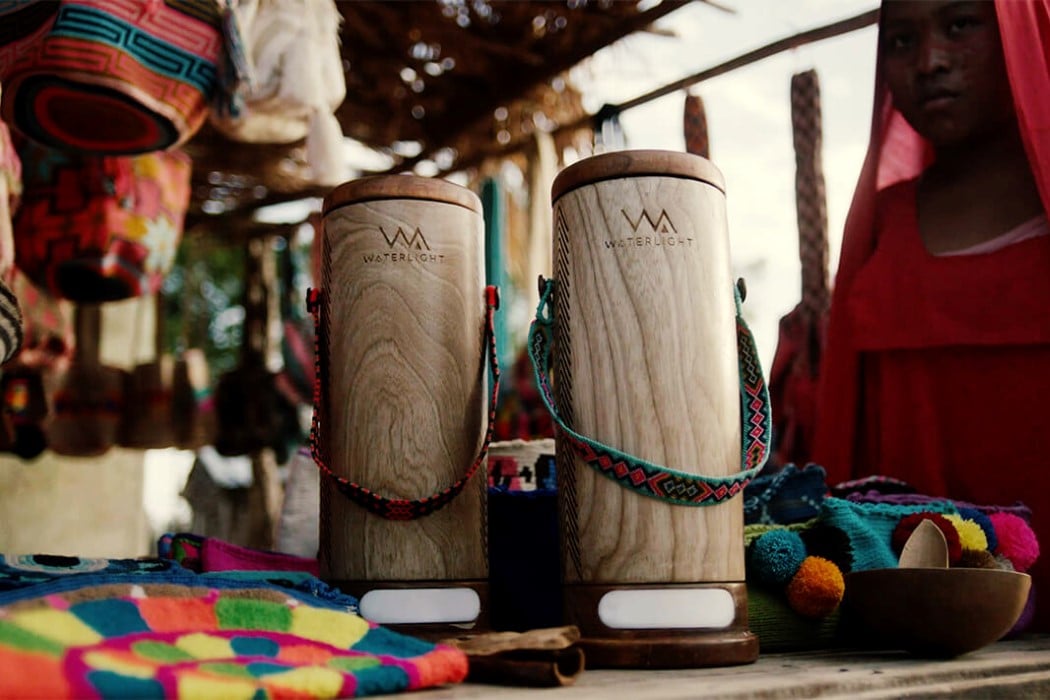
One of the reasons why people go camping is to commune with nature and escape life from the concrete jungle. But of course, you can’t really unplug from life for various reasons unless you plan to totally go off the grid for the next few days. You still need some electrical source for various devices and a lot of campsites now actually have some electrical outlets for various needs of the campers. These will of course tend to be “crowded” and so you need some sort of solution that will give you power and space.
Designer: Yifeeling Design Lab


The Mobile Universe is basically a portable battery that you can bring with you when you go camping. It has different inputs and outputs so you can power up all the various devices you may need while camping. You have AC output, USB-A, USB-C, 12V for car sockets, and other things you may need. There’s also a part of the battery that you can pull away from the main body so you or your other campmates can use it a little further away if needed.


This is still a concept and there are no details about the technical specifications of the battery itself. One of the photos shows a counter with up to 100 so we’re assuming that it’s meant to charge up to 100 kilowatts or watts or whatever unit of measurement. It shows smartphones charging and can power even a small coffeemaker so it must mean that it has significant power to be able to do so. The device also has different wires and connectors, living up to its “universal” name.


It would be nice to see more details about what the Mobile Universe can bring if it ever becomes an actual product. Campers and those that will be spending time in the great outdoors can definitely benefit from bringing a device like this, if they don’t want to totally go off-grid and still have access to things like phones, tablets, and other electronic devices.







The post Power up your devices while with this portable battery while camping outdoors first appeared on Yanko Design.
